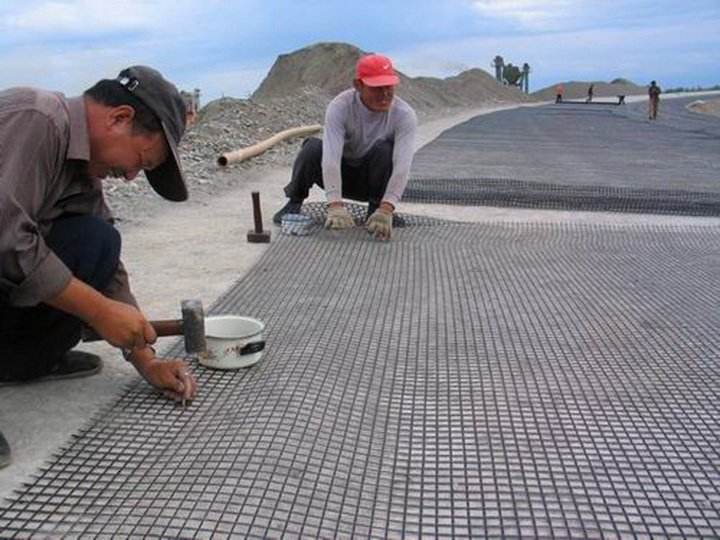 Back to List
Back to List

A comprehensive study has recently been carried out to investigate the characteristics of the railway substructure with the aim of providing better guidelines for the construction of stronger, safer and more economical tracks.
Research continues to show that the use of geosynthetics has proved to have some major advantages in railway construction.
Over the years, geosynthetics have been used in orbital structures for:
Soft subgrade stability as a sustainable alternative to traditional technology
Ballast reinforcement
Separation/filtration to improve the stability of the ballast and cap
Foundation reinforcement of railway subgrade
Steep slope reinforcement
Waterproof and drainage
There's a lot more...
In these applications, geosynthetic materials (geosynthetic fibers and/or geosynthetic composites) are subjected to very harsh conditions due to the mechanical erosion characteristics of the compactors and the high dynamic load levels transmitted by trains.
The use of geosynthetics in railways has many key advantages.
These proven benefits include:
1. Ballast damage control - includes geogrid, geotextile and geosynthetic materials to reduce ballast damage and increase ballast life.
This greatly reduces maintenance costs and extends the entire orbit life.
2. Reduced railway track settlement - The incorporation of solid geogrids and geocomposites under the ast layer and/or between the roadbed and the railway structure can reduce the settlement and deformation of railway tracks.
On the other hand, the top of soft soil subgrade can improve the bearing capacity of subgrade, reduce the normal stress of subgrade, and control differential settlement.
3. Reduce the thickness of the ballast - The use of geogrids under the ballast reduces the thickness of the layer and improves the performance of the track.